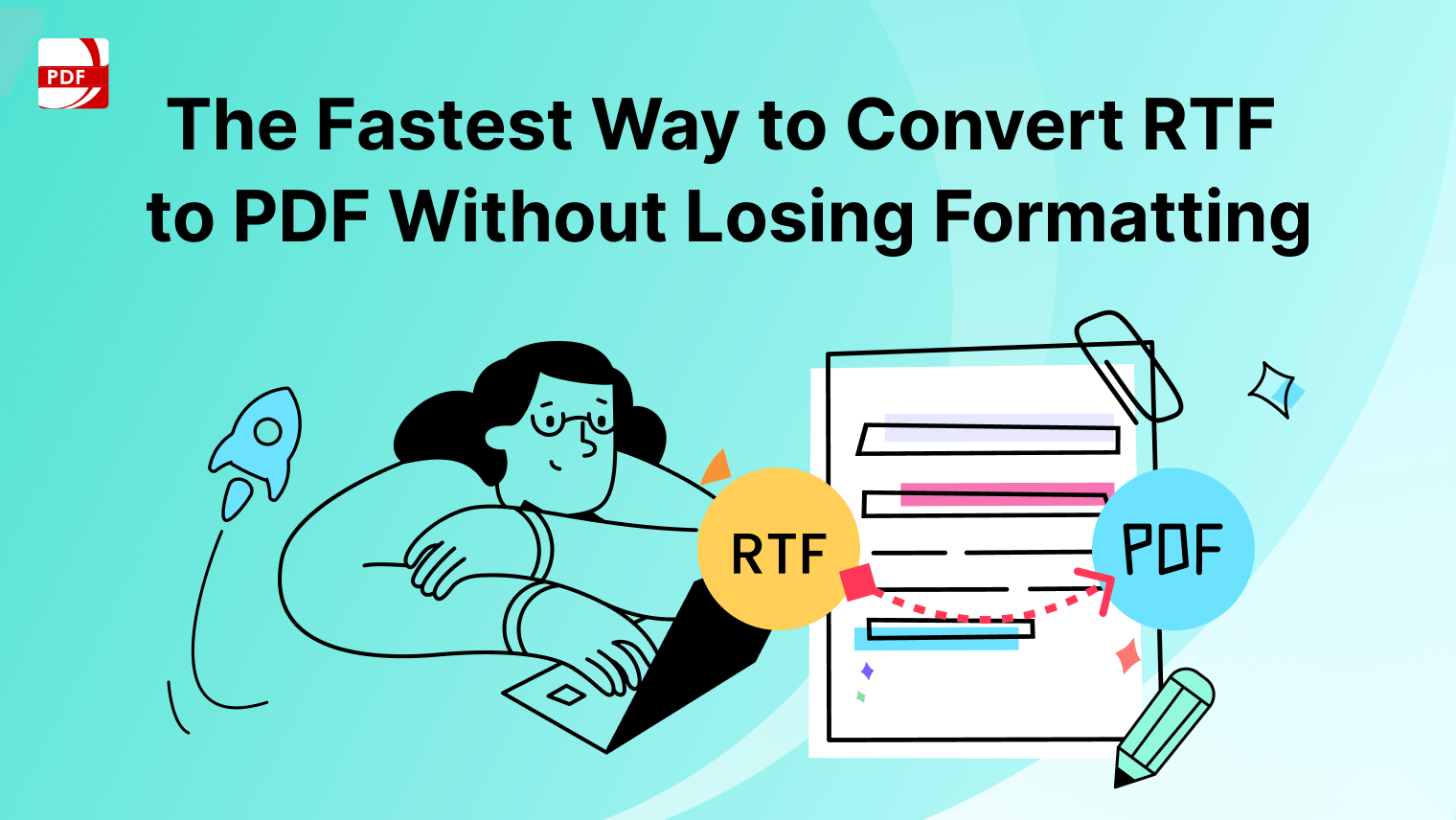We're talking about PDF Reader Pro, an app for reading and managing PDF files. We'll discuss how we implemented version control, a system that helps us keep track of changes in our software. Version control is important because it lets us manage updates, fix problems, and work together more efficiently.
We'll share the steps we took to achieve full version control, the challenges we faced, and how it has improved our work on PDF Reader Pro.
For specifics on legal sales documentation in Indiana, you can also check our resume resource on Indiana Bill of Sale PDF Template.
How To Implement a Version Control Strategy?
Implementing a version control strategy is crucial for managing documents effectively in any workplace. Here are some practical ways to put a version control system in place, ensuring everyone can find and use the correct versions of documents:
1. Naming Conventions
This involves creating a clear and consistent way of naming your files. Everyone who accesses your files should understand this system.
How To Implement It?
Decide on a specific naming format for all your documents. For example, include the document title, version number, and date in each file name. Make sure to communicate this format to all employees and ensure it's used every time a document is saved. Naming conventions are particularly useful for smaller businesses with fewer documents.
2. Information Architecture
This refers to how you organize and store your documents, usually in a system of folders.
How To Implement It?
Use a shared file storage system that allows only authorized users to access the folders. Set up the folder structure in a way that's logical for your team, and make sure everyone understands the system. This helps prevent unauthorized changes and ensures documents are saved securely.
3. Version Control Software
There are various software options designed specifically for version control. These can automate many aspects of version management, making it easier to keep track of changes.
How To Implement It?
Choose a version control program that fits your needs. For documents that have reached their final version, converting them to PDFs can be a good strategy. Programs like Adobe Acrobat offer features that facilitate version control. When a document is finalized and converted to PDF, it signals to users that this is the latest, official version to be used.

How To Implement Version Control Naming
Using a good system for naming your document versions is really important for any business that wants to keep their files organized, especially when those files get updated a lot or many people are working on them.
The best way to name your files depends on things like how many people are in your team and how many documents you're dealing with. Here, we'll look at some easy ways to name your versions that can help your business stay organized and clear.
Basic Version Control Through Naming

- When managing a small number of documents with limited contributors (ideally fewer than ten), simple file naming conventions offer an effective solution.
- Example:
ManagementPolicy_v1for the initial version, incrementing toManagementPolicy_v2for significant updates. - Ensure to update the version number in the document's header and footer to avoid any confusion.
Detailed Tracking with Version Numbers

- For documents undergoing frequent revisions or significant development phases, incorporating both major and minor version numbers can provide more nuanced tracking.
- Major updates alter the whole number, while minor edits adjust the decimal. For instance,
ManagementPolicy_v1.2indicates minor revisions, whereasManagementPolicy_v2.0signifies a major overhaul. - This method is particularly useful for tracking the progression of changes and understanding the scale of updates at a glance.
Comprehensive Management with Control Tables
Setting up version and document control tables can significantly enhance document management in environments with extensive documentation or numerous contributors.
- Version Control Table: Each contributor logs their changes here, including the version number, their name, the date, and a summary of modifications. This practice ensures a transparent revision history and accountability.
- Document Control Sheet: This tool oversees the overall document management process, tracking each document's current status.
It includes vital information such as:
-
- Document Title
- Version Number
- Author(s) (including name, job title, and division)
- Date Approved
- Document Status (e.g., Draft, Reviewed, Approved)
- Effective Date
- Approved By (name of approver)
- Superseded Version (previous version number)
- Date of Next Review
The choice of system should align with the organization's specific needs, considering the number of documents, the frequency of updates, and the size and structure of the team involved.
Make managing your documents a breeze with PDF Reader Pro. With features like version control, easy file organization, and secure PDF conversion, you'll save time and avoid headaches. Plus, with affordable pricing options, PDF Reader Pro fits any budget. Upgrade your document management game by downloading PDF Reader Pro today!
How to Use a Version Control Table with Document Numbering
Adding a version control table at the beginning of your document is a simple yet effective method for those without built-in version control. This table should include the version number, the author's name, a summary of changes made in that version, and the date. Here's how you can structure it:
| Version | Date | Author | Rationale |
| 0.1 | 10 January 2024 | Alex Johnson | Initial draft |
| 0.2 | 24 January 2024 | Chris Lee | Added architect's review |
| 0.3 | 7 February 2024 | Alex Johnson and Jordan Smith | Broader review by project team; updated section 6 with new deadlines |
| 0.4 | 15 February 2024 | Jordan Smith | Final review by stakeholders; incorporated all team comments |
| 0.5 | 22 February 2024 | Alex Johnson and Jordan Smith | Prepared final version for approval; revised cost estimates |
| 1.0 | 2 March 2024 | Jordan Smith | Official release |
| 1.1 | 16 March 2024 | Alex Johnson | Updated section 5 with new deliverables |
The logic behind version numbering is straightforward. Drafts are saved with incremental numbers (0.1, 0.2, etc.) until the document is finalized and becomes version 1.0. Any changes made after this point lead to versions 1.1, 1.2, etc.
The '.x' part indicates minor changes, while a major update warrants a whole number increase, like moving from 1.0 to 2.0. This approach ensures clarity and organization in document management, making tracking a document's development and updates easier over time.
You can also check our resume resource on Washington Bill of Sale PDF Template.
Benefits of Version Control
1. History and Audit Trails
Version control maintains a comprehensive history of all changes made to the codebase. This feature allows developers to track who made changes, what changes were made, and when they were made, providing a clear audit trail.
2. Collaboration and Teamwork
It enables multiple developers to work on the same project simultaneously. Developers can work on different features or bugs in parallel without interfering with each other's work, thanks to branching and merging functionalities.
3. Branching and Merging
These features allow developers to diverge from the main codebase to work on new features or fixes in isolated environments, known as branches. Once work on a branch is completed and tested, it can be merged back into the main branch, integrating the new changes.
4. Conflict Resolution
Version control systems help in identifying and managing conflicts that arise when multiple developers make changes to the same piece of code. This ensures that changes are integrated smoothly and errors are minimized.
5. Rollback Capabilities
If a new piece of code causes issues or bugs, version control allows teams to revert to a previous version of the code that worked correctly, ensuring the stability and reliability of the application.
Why Keep Old Versions of The Same PDF File?
Keeping old versions of the same file is like saving your work as you go. Imagine you're drawing a picture, and every time you add something new, you take a photo of it. If you decide you liked it better before you added the last detail, you can look back at the photos and remember exactly what it looked like. Here's why doing something similar with files is helpful:
- Go Back in Time: If you make a change and it doesn't work out, you can easily go back to an older version that was better.
- See What Changed: It's helpful to see what was added, removed, or changed over time. This can be really important for understanding how a document has evolved.
- Fix Mistakes: If something goes wrong because of a recent change, having older versions makes it easier to fix.
- Work Together Better: When lots of people are working on the same file, keeping versions helps everyone stay on the same page and understand what changes have been made.
- Keep Track of Progress: You can see how a project has developed over time, which is useful for reviewing progress or understanding decisions.









 Free Download
Free Download Free Download
Free Download





 Support Chat
Support Chat